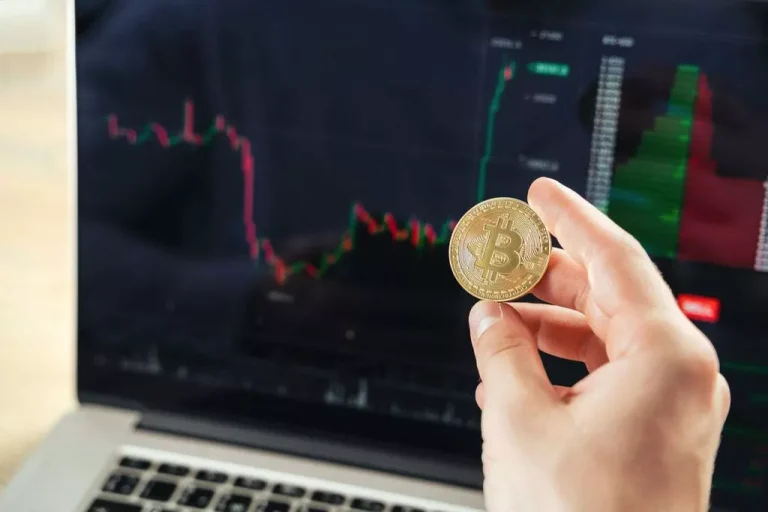You’ll end up spending extra time actively investing, but you won’t should spend that a lot more time. You can purchase shares of these funds in any brokerage account, or you possibly can have a robo-advisor do it for you. Numerous research indicate that investing in a passive index fund rather than choosing stocks in an attempt to beat the market delivers larger returns over the lengthy term, especially when factoring in fees. It means having the pliability to behave when needed, whether that’s booking profits before a correction or getting into sectors which are gaining momentum.

Pros And Cons Of Passive Investing
In concept, an lively investment approach has the potential to outperform a passive approach which seeks to, at greatest, monitor the chosen benchmark. If an energetic supervisor is expert at timing when to make adjustments or deciding which investments to buy relative to the benchmark, they have the potential to outperform. Notably, vital market events just like the 2008 crisis and 2020 volatility spotlight these variations between inventory funds. Passive funds sometimes monitor market trends, whereas lively funds’ efficiency varies extra considerably.
ETFs are sometimes seeking to match the performance of a selected stock index, somewhat than beat it. That signifies that the fund merely mechanically replicates the holdings of the index, no matter they are. So the fund companies don’t pay for expensive analysts and portfolio managers.
According to Vanguard’s 2023 Funding Technique Analysis, passive index funds charge an average expense ratio of 0.06% compared to 1.07% for actively managed funds. For example, a $10,000 investment in a passive S&P 500 ETF incurs annual charges of $6, while the identical investment in an actively managed fund costs $107 per 12 months in administration fees. In general, lively investing prices greater than passive due to is active investing risky elements similar to greater fund administration fees, trading charges, and taxable events. Also, lively funds generally have greater funding minimums than passive funds.
Do Active Investments Supply Greater Returns In Comparison With Financial Savings Accounts?
A common benchmark proxy for this slice is the S&P; 500 Index, which tracks the 5 hundred largest companies Digital asset within the nation. A passive portfolio that tracks the S&P; 500 Index would buy or promote shares as they’re added or removed from the Index. Before devoting all his time to ValueWalk, Jacob worked as an fairness analyst specialising in mid- and small-cap shares. Passively managed investments can offer extra flexibility as life situations change. This is especially important for servicemembers who may face deployments or relocations.
Additionally, a passive strategy to investing often results in lower tax bills, because it involves less frequent shopping for and selling. In basic, an actively managed mutual fund is one with a group of decision-makers at the helm. They can also be institutional-style investments like these out there as options throughout the retirement plans of very giant corporations. Actively managed funds goal to beat the market, whereas passively managed funds plan to match market actions, instead.


In Accordance to Morningstar Direct knowledge, roughly 38% of global assets are invested in passive index funds, with inflows increasing around 2% a year since 2015. Retirees who care most about revenue may actively select particular shares for dividend development while nonetheless sustaining a buy-and-hold mentality. Dividends are cash funds from firms to buyers as a reward for proudly owning the inventory. When you own fractions of thousands of shares, you earn your returns just by collaborating within the upward trajectory of company earnings over time through the overall inventory market. Successful passive traders maintain their eye on the prize and ignore short-term setbacks—even sharp downturns.
- A passively managed portfolio, meanwhile, aims to track a specific slice of the investable universe.
- Your choice ought to align together with your monetary goals, danger tolerance and funding horizon.
- For instance, when the S&P 500 gains 10%, an S&P 500 index fund sometimes returns 9.94% after accounting for fees.
- In conclusion, whereas active funds provide the allure of beating the market and the flexibleness to navigate varied market conditions, they come with higher prices and no assure of superior performance.
The main challenge of energetic funding lies in consistent execution and cost management. Goldman Sachs’ Funding Research exhibits that energetic funds incur common transaction costs of 0.5% annually, whereas requiring research teams of analysts costing $5-10 million per 12 months. These operational bills, combined with common administration charges https://www.xcritical.in/ of 1.5%, create a major performance hurdle that managers should overcome to ship superior returns. The shift towards passive investing accelerates with retail and institutional investors.
But when it doesn’t, an energetic fund’s efficiency can lag that of its benchmark index. Lively ETF product launches, including the conversion of popular mutual funds into ETFs, is giving the trade a much-needed facelift and attracting inflows from fans on either side of the fence. ETFs usually carry lower charges than conventional energetic funds and provide higher liquidity as they commerce throughout the day. How managers determine to populate their portfolios and the emphasis they place on each of the areas talked about above will define their funding strategy. Irrespective of the precise investment process, managers will likely either comply with a passive, energetic or combined method to investing.
Exchange-traded funds are a fantastic choice for investors looking to take advantage of passive investing. The greatest have super-low expense ratios, the fees that investors pay for the management of the fund. Many investment advisors believe the best strategy is a mix of lively and passive styles, which may help minimize the wild swings in inventory costs throughout volatile intervals. Passive vs. energetic administration doesn’t have to be an either/or choice for advisors. Combining the two can additional diversify a portfolio and actually help manage general danger.
This will imply holding considerably completely different investments, when compared to the benchmark, and/or changing these positions often. Risk is somewhat tougher to outline and might imply various things to totally different investors. Nonetheless, it’s generally measured by the level of volatility in portfolio values or the scale of portfolio peak to trough falls when markets have dropped.
Passive investing typically entails index funds and ETFs that monitor benchmarks just like the S&P 500, offering broad market publicity. In this text, we’ll explore the differences between active vs passive investing, the professionals and cons of every approach, and the way to decide which technique aligns best along with your investment objectives. Let Unbiased match you with knowledgeable financial adviser to help you navigate passive and lively investing and create a method tailor-made to your targets. Passive investing carries much less risk because it tracks the broader market, providing more predictable returns. On the other hand, passive funding methods are considerably cheaper, usually charging charges as little as zero.1%.
Vanguard’s 2023 Index Investing Report shows that passive funds preserve a 99.8% correlation with their benchmark indices while maintaining average expense ratios at 0.06%. For occasion, the Vanguard S&P 500 ETF (VOO) offers investors exposure to America’s 500 largest companies with minimal tracking error. Energetic investing is a strategy where traders goal to outperform the market by choosing particular person shares or securities. Insurance Coverage investments provide principal safety and predetermined payouts, making them more secure for risk-averse traders than market-linked passive funds.





Recent Comments